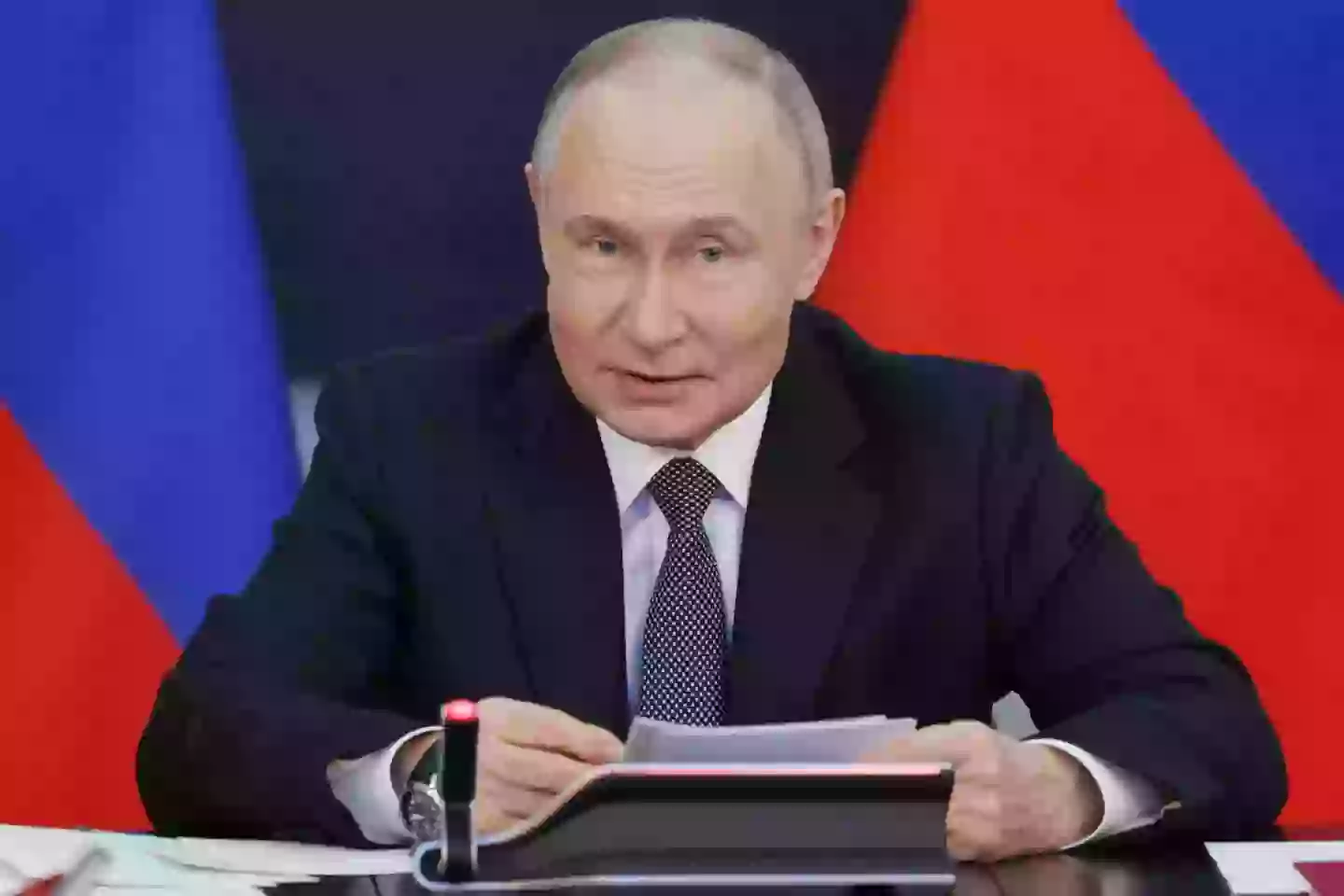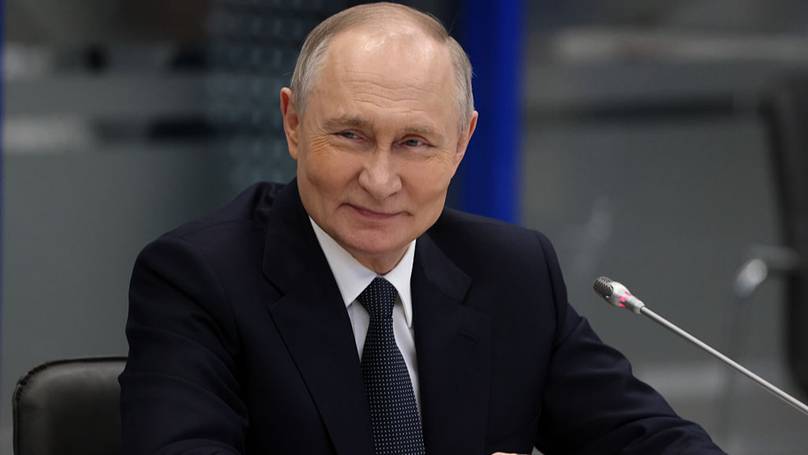Leaked Putin Files Hint at Russian Military's Target Practice on UK Soil: Three Northern Sites in Crosshairs
When was the last time you thought the UK had a target on its back? Well, it turns out, that target might be bigger than any of us could’ve guessed. Imagine you’re sipping your morning tea, and bingo! You learn that plans are already in place for not just any attack, but a nuclear one, from none other than Russia’s very own Northern Fleet.
Yep, turns out, the high stakes game of global politics just got a bit more terrifying. Leaked documents, now in the spotlight, suggest that Russian military strategies include striking key Northern locations in the UK. Now, if you’re like me, your first thought might not be strategic or tactical, but more along the lines of, “Whoa, did Putin just casually check our house in his nuclear strike list this morning?”
It’s like watching a ’70s spy movie, only this time, there isn’t a dashing agent to save us. Instead, we have Vladimir Putin, who apparently has his own version of a “Naughty List.” And what’s on this list? Some rather unsexy names like ‘Barrow-in-Furness’ and ‘Hull’ – places that certainly weren’t expecting such high-profile attention.
But here’s the kicker – these documents aren’t just about flexing military muscle. A pro-Kremlin TV anchor has openly talked about Brit blood being shed, like some sort of cold-hearted Bond villain. This isn’t just saber-rattling; it’s the sound of our collective blood pressure rising.
And in the grand tradition of international intrigue, what does this mean for us? A potential trigger for an international conflict that would make NATO’s founding members jittery, to say the least.
So, here I am, sharing this with you, not just because it’s compellingly scary, but because when the world seems to teeter on the edge of chaos, knowledge – even of the most unsettling kind – is power.
Leaked documents suggest that the Russian military are trained to strike three locations up north.
Yep, it seems Vladimir Putin has a drawn up list of places in the UK to go after in the event of a war with NATO.
Last year, an alleged list of British places that the Russian president had put a target on were revealed, among 32 different areas in Europe, as reported by the Financial Times.
These secret nuclear papers states that the country could unleash massive pre-emptive attacks ‘from various directions’ if the situation was to arise. They seemed to reveal that Russia’s warships are primed to use tactical nuclear weapons in the early stages.
It’s no secret that Putin has beef with a number of nations, and a pro-Kremlin TV anchor has been pretty vocal about Brit blood being shed.

Three sites were listed as potential nuclear targets. (Getty Stock)
Vladimir Solovyov has been speaking out this since Russia first invaded Ukraine, and has continued to recently warn that UK and French troops ‘will all die’ if they get involved.
He’s also warned of the ‘consequences’ the UK and US will face if they carry on ‘directly waging war’ against them.
And pretty understandably, the current tensions across the globe like this have left many people concerned about the prospect of World War 3 – especially with Donald Trump frequently throwing those words around.
If Putin was to make good on these kind of threats to the UK, it would end up triggering an international conflict with us being a founding member of NATO.
The alleged list of places he’d take aim at are found up north, as the country would likely get attacked by ships from Russia’s Northern Fleet, headquartered in Murmansk.
In Barrow-in-Furness in Cumbria, the Royal Navy’s nuclear submarine shipyard is thought to be one of the main targets to go after.

Putin could target the UK. (GAVRIIL GRIGOROV/POOL/AFP via Getty Images)
Then, a factory in Hull was said to be marked with a smokestack.
And thirdly, it is thought a shipyard at Rosyth where the Royal Navy’s aircraft carriers HMS Queen Elizabeth and HMS Prince of Wales were built is a target nearby Edinburgh.
The documents were said to be drawn up between 2008 and 2014, and although they were a decade old, experts reckoned that the files remain relevant due to the current state of the world, according to the Financial Times.
Former NATO official William Alberque said that documents were just a small amount of ‘hundreds, if not thousands, of targets mapped across Europe…including military and critical infrastructure targets’.

















